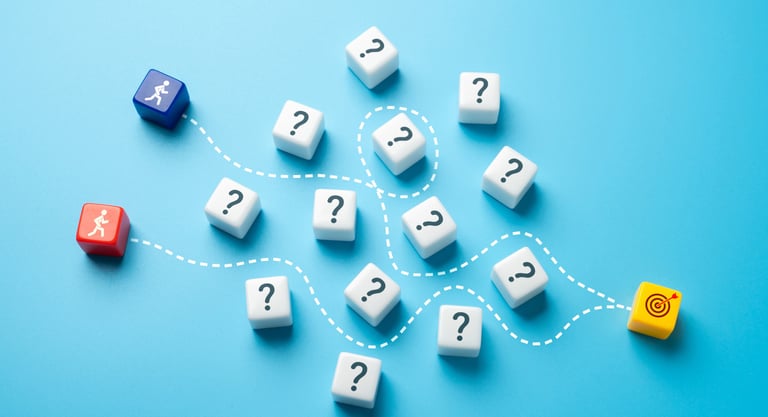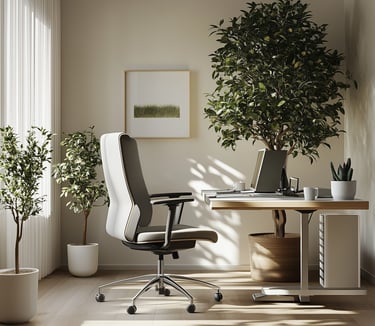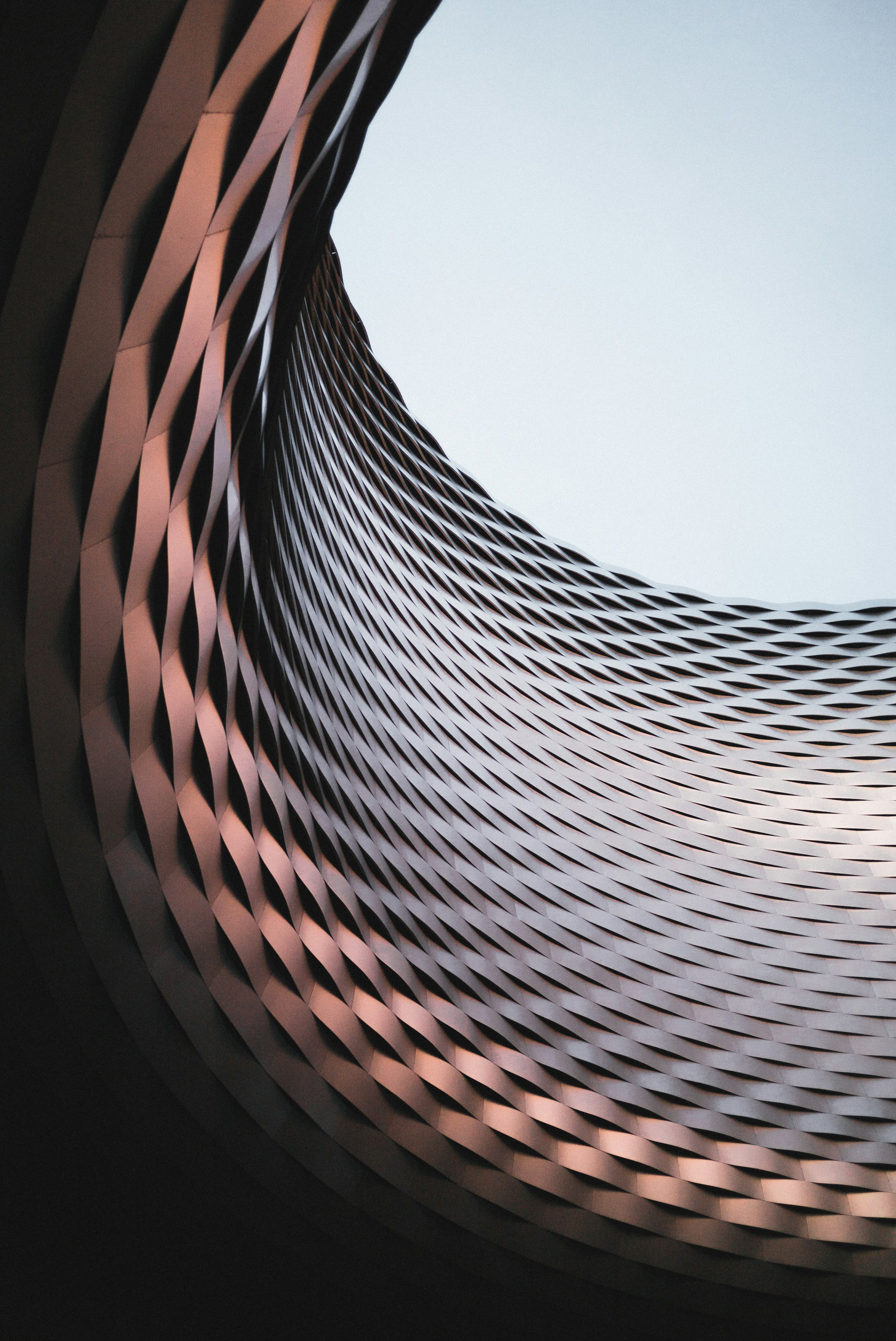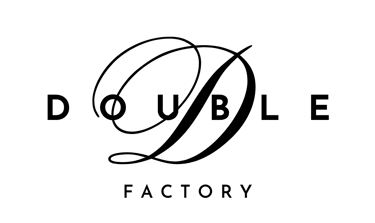Quiet Environment: Tips for a Distraction-Free Workspace
Transform your space to boost focus and enjoy a peaceful workday.
WORK-LIFE BALANCE
11/25/20245 min read


In today’s world of hybrid work, remote offices, and side hustles, staying productive in your workspace can be a challenge. Whether you’re working from home, at a coworking space, or trying to squeeze in tasks at a bustling café, distractions seem to multiply. But achieving focus isn’t just about where you work—it’s about creating an environment that supports productivity and minimizes disruptions. Let’s explore practical tips to craft a distraction-free workspace that helps you focus on what truly matters.
1. Define Your Workspace
The first step to creating a quiet and productive environment is to define where you work. If you’re working from home, it’s tempting to move from the couch to the kitchen table to the bed. But these spaces come with distractions: the TV, snacks, and that inviting nap waiting in your bedroom.
Instead, designate a specific area as your workspace. Ideally, this spot should be separate from your relaxation zones. Even if you’re short on space, a small desk in a corner can work wonders. The key is to mentally and physically separate “work mode” from “home mode.”
Pro Tip: Add personal touches like a plant, a photo, or a motivational quote. These make the space feel inviting without being distracting.
2. Minimize Noise Distractions
Noise is one of the biggest productivity killers. The neighbor’s dog barking, your roommate’s phone calls, or even the hum of a busy household can pull your focus away from your tasks.
Noise-Canceling Headphones: Invest in a good pair of noise-canceling headphones to block out background noise. They’re especially useful for open-plan offices or shared workspaces.
White Noise Machines: If silence feels too eerie, use a white noise machine or an app to create a consistent background sound that drowns out disruptions.
Soundproof Your Space: For a more permanent solution, consider soundproofing your workspace with rugs, curtains, or foam panels.
Pro Tip: Music without lyrics, like classical or lo-fi beats, can enhance focus while reducing external distractions.
3. Declutter Your Desk
A cluttered workspace leads to a cluttered mind. Piles of papers, random objects, and yesterday’s coffee mug can steal your attention without you even realizing it. Take a few minutes each day to organize your desk.
Keep only the essentials: your laptop, notepad, pen, and perhaps a water bottle.
Use organizers or trays to manage loose papers and office supplies.
Digitize notes and files to reduce physical clutter.
A clean workspace is not just visually appealing—it creates mental clarity that enhances productivity.
4. Establish Boundaries with Others
If you’re not working alone, setting boundaries with the people around you is crucial. This is especially important if you’re working from home with family or roommates.
Set Expectations: Let others know your work hours and ask them to respect your focus time.
Use Signals: A closed door or wearing headphones can signal to others that you’re in work mode.
Communicate Break Times: Make it clear when you’re available for a quick chat or lunch together to prevent interruptions during work.
Remember, clear communication is key to maintaining harmony in shared spaces.
5. Optimize Lighting for Focus
Lighting plays a major role in creating a distraction-free workspace. Dim or harsh lighting can strain your eyes and lower productivity, while well-placed lighting can improve focus and mood.
Natural Light: If possible, position your workspace near a window to benefit from natural light. It boosts energy and reduces eye strain.
Task Lighting: Use a desk lamp with adjustable brightness to illuminate your work area without casting shadows.
Avoid Glare: Position your screen perpendicular to windows to prevent glare, and consider using anti-glare screen protectors.
The right lighting not only keeps distractions at bay but also makes your workspace more comfortable.
6. Create a Digital Distraction-Free Zone
Let’s face it: our devices are often the biggest culprits when it comes to distractions. Social media notifications, emails, and endless browser tabs can quickly derail your focus.
Turn Off Notifications: Mute non-essential notifications on your phone and computer during work hours.
Use Focus Apps: Apps like Focus@Will or Forest can help you stay in the zone by limiting access to distracting sites.
Separate Work and Personal Devices: If possible, use separate devices for work and personal use to avoid unnecessary interruptions.
Pro Tip: Schedule specific times to check emails or social media instead of reacting to every ping.
7. Incorporate Ergonomics for Comfort
Discomfort is a sneaky distraction. If your chair is too stiff or your desk is the wrong height, it’s hard to stay focused. Make sure your workspace is ergonomically designed for comfort.
Chair: Use a supportive chair that encourages good posture.
Desk Height: Your desk should allow your arms to rest comfortably at a 90-degree angle.
Screen Position: Position your monitor at eye level to prevent neck strain.
When your workspace supports your physical well-being, you can focus on your tasks without unnecessary discomfort.
8. Adopt a Routine That Supports Focus
A quiet environment is only part of the equation. Your work habits and routines also play a significant role in maintaining focus.
Plan Your Day: Start each day with a to-do list, prioritizing your most important tasks.
Time Blocking: Divide your workday into focused time blocks with short breaks in between.
Breaks for Productivity: Step away from your desk every 90 minutes to recharge and prevent burnout.
Creating structure in your day minimizes decision fatigue and helps you stay on track.
9. Personalize Your Workspace for Inspiration
While a distraction-free environment is essential, it doesn’t have to be sterile or boring. Add elements that inspire and motivate you without overwhelming the space.
Visual Reminders: Use a vision board, calendar, or sticky notes with affirmations to keep you inspired.
Comfort Items: A cozy blanket, scented candle, or favorite mug can make your workspace more inviting.
Greenery: Plants like succulents or ferns improve air quality and add a calming vibe.
A workspace that reflects your personality can make work feel more enjoyable.
10. Test and Adjust
Creating a distraction-free workspace isn’t a one-size-fits-all solution. What works for one person might not work for another. Take time to experiment with different setups and strategies.
Test different seating arrangements, lighting options, or productivity tools.
Reflect on what distracts you most and tailor your environment to address those challenges.
Stay flexible and adjust as your needs or work environment change.
Final Thoughts
Crafting a quiet, distraction-free workspace is an ongoing process, but the benefits are well worth the effort. A productive work environment boosts focus, reduces stress, and helps you accomplish more in less time. By defining your workspace, managing noise, minimizing distractions, and personalizing your setup, you’ll create a haven of productivity where you can thrive.
Share this post




